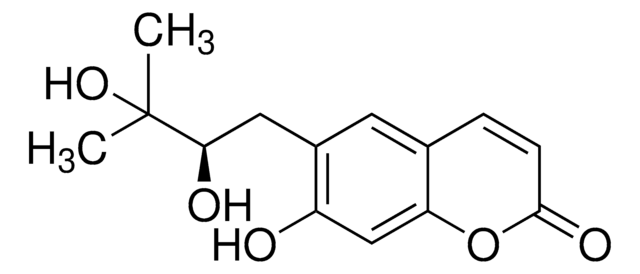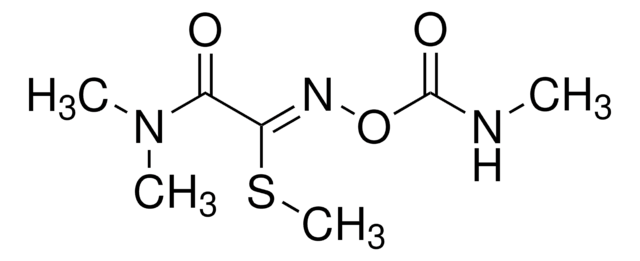PS676
Methamidophos
analytical standard
Sinónimos:
O,S-Dimethyl phosphoramidothioate
About This Item
Productos recomendados
grade
analytical standard
packaging
ampule of 100 mg
manufacturer/tradename
Chem Service, Inc. PS-676
technique(s)
HPLC: suitable
gas chromatography (GC): suitable
application(s)
agriculture
environmental
format
neat
SMILES string
COP(N)(=O)SC
InChI
1S/C2H8NO2PS/c1-5-6(3,4)7-2/h1-2H3,(H2,3,4)
InChI key
NNKVPIKMPCQWCG-UHFFFAOYSA-N
¿Está buscando productos similares? Visita Guía de comparación de productos
General description
Application
Storage Class
11 - Combustible Solids
wgk_germany
WGK 3
flash_point_f
413.6 °F - closed cup
flash_point_c
212 °C - closed cup
Choose from one of the most recent versions:
Certificados de análisis (COA)
Sorry, we don't have COAs for this product available online at this time.
If you need assistance, please contact Atención al cliente
¿Ya tiene este producto?
Encuentre la documentación para los productos que ha comprado recientemente en la Biblioteca de documentos.
Nuestro equipo de científicos tiene experiencia en todas las áreas de investigación: Ciencias de la vida, Ciencia de los materiales, Síntesis química, Cromatografía, Analítica y muchas otras.
Póngase en contacto con el Servicio técnico








